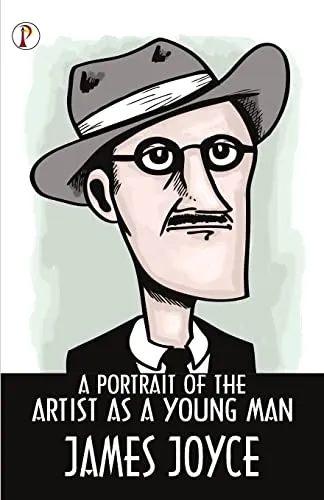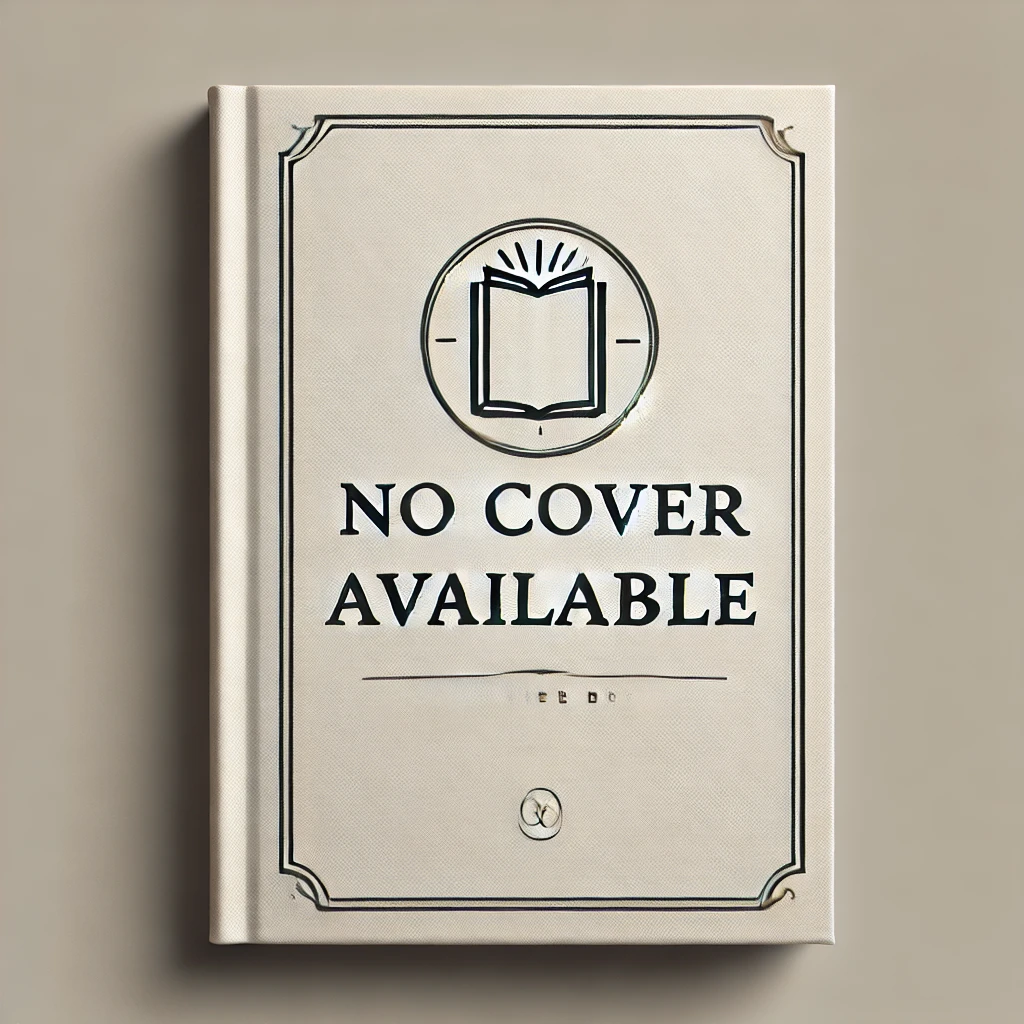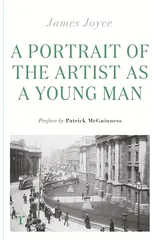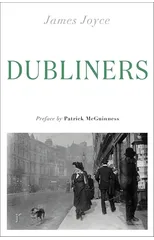"I will tell you what I will do and what I will not do. I will not serve that in which I no longer believe, whether it calls itself my home, my fatherland, or my church: and I will try to express myself in some mode of life or art as freely as I can and as wholly as I can, using for my defense the only arms I allow myself to use -- silence, exile, and cunning." ― James Joyce, A Portrait of the Artist as a Young Man A Portrait of the Artist as a Young Man (1916) by James Joyce follows the intellectual, moral, and spiritual development of a young Catholic Irishman, Stephen Dedalus, and his struggle against the constraints of the society. The novel begins from his childhood and ends with his adolescence until he reaches the age of eighteen. Finally, he decides to leave his country to be an artist and also eventually meets his sweetheart.
James Joyce
James Joyce was an Irish writer known for his innovative and complex writing style. His most notable works include "Dubliners," "A Portrait of the Artist as a Young Man," "Ulysses," and "Finnegans Wake." Joyce's stream-of-consciousness technique and use of interior monologue revolutionized modernist literature. His works often explore themes of alienation, identity, and the search for meaning in a rapidly changing world. "Ulysses," considered his masterpiece, is a groundbreaking novel that follows the events of a single day in Dublin, paralleling Homer's epic poem "The Odyssey." Joyce's unique narrative techniques and experimental prose have had a profound influence on the development of the modern novel.




